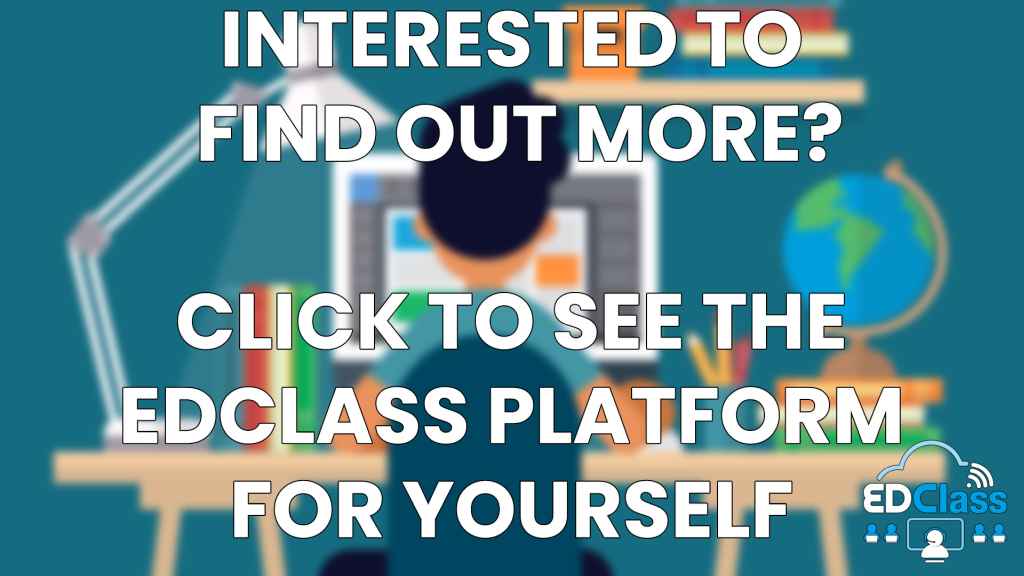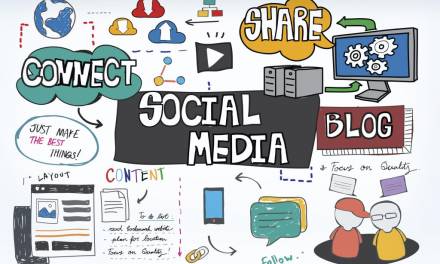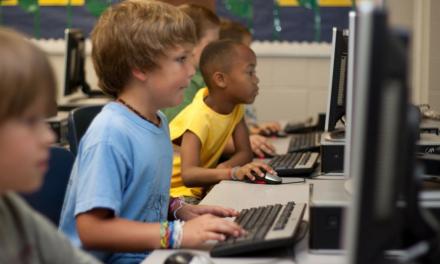Virtual Reality is the use of computer technology in the creation of a simulated environment that can be explored in 360 degrees. Hence, virtual use creates an assisted reality where people can explore the concepts around them according to their terms. Virtual reality is being increasingly integrated into new teaching methods in various educational institutions across the world. This integration facilitates the students to immerse in the alternative world and grasp the concepts in a fun way.
Virtual reality can be used in the classroom in two ways. One way is when a student explores a virtual environment using a computer. The other is where a student explores using some input device, such as a controller or virtual reality headset. The latter setup completely immerses students through the use of a head-mounted display.
For a simple example, a student can use virtual reality educational methods to understand the subject of geography engagingly. The students can travel to a different region in the alternative or simulated world of VR. However, the area of subjects that are best understood through the use of VR technology is vocational education.
Vocational education is the educational path where students are taught life skills and job skills to prepare them for their future careers. Vocational education is a mix of theoretical and practical education. However, vocational skills are far more encompassing than textbook-based education, including practical hands-on experience and training.
Computer applications, computer programming, and coding are primary of the many domains in which vocational courses are available. Other different aspects that are taught during vocational training are secretaryship in an office, stenography, office management, auditing, marketing, sales, and accounting.
Use of Virtual Reality in Vocational Education
Educators are using the popular immersive concept of virtual reality instead of conventional teaching methods. Learning through virtual reality enables young learners to explore, experience, and immerse in the alternative world. This immersion helps increase the learners’ engagement and retention of educational materials. This increase in student engagement works best at the training of vocational education, that is the training or education focused on landing a vocation.
Virtual Reality with its simulation of an immersive surroundings helps enhance hands-on training which is the core of vocational training. One example where the hands-on training offered by VR is instrumental is understanding mechanics. The students can learn vocational training with their theoretical curriculum through the use of VR headsets in their school from an early stage. They can learn mechanical skills from how to change a tire to complex things such as painting jobs.
Other common vocational subjects taught through VR technology are plumbing, architecture, and computer programming.
Benefits of virtual reality for the teaching of vocational subjects
There are several benefits to using virtual reality in training and education for vocational opportunities in life. Some of the benefits of Virtual reality are listed below:
• Enhanced student engagement- Virtual reality adds to the dynamic of hands-on learning environments that are already used in most trading schools. In introductory courses, the technology combines the best of both worlds. VR allows students to experience the techniques they will later demonstrate while also learning the underlying theories. Improved engagement increases the likelihood of students retaining important information.
It is crucial to remember that virtual reality uses the same foundation principle of repetitive learning as textbook-based teaching to retain more information for a longer period.
• Enables practical training with fewer safety hazards- Trading schools enable the practice of different skills in the field to perfect a student for future careers and jobs. However, practical learning essentially means that there are increased probabilities of risks and dangers. The benefit of using the VR simulated world for the learning of skills is that it enables practical hands-on training of the person. Along with that, it also has an added benefit where the risks are minimised when there is no use of real-world equipment.
Virtual reality aids education by allowing educators to create immersive lessons that are engaging, memorable, and impactful for students. In a way, the use of virtual reality in education lets educators decide the focus areas and lets students focus on them.
The learning outcomes are impacted by the integration of virtual reality into educational materials. Teachers can improve student understanding, attainment, and even test scores by providing engaging, individualised experiences such as walking with prehistoric dinosaurs or holding a beating human heart.
Virtual reality and also virtual classrooms have now enabled the ability for students to access information in ways they had never done before. If you would like to find out about an online alternative provision that effectively delivers virtual classrooms for students remotely, then visit EDClass. You can call the team on 01909 568338, send an email to mail@edclass.com, directly book here or by clicking the image below.











